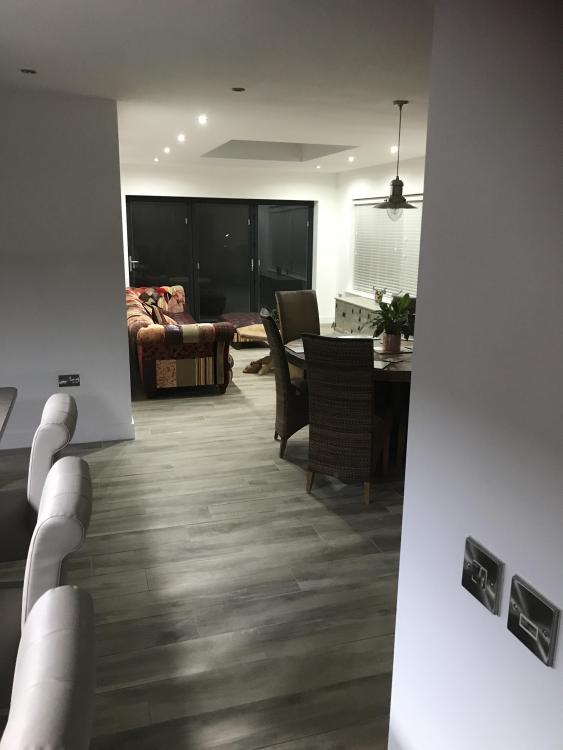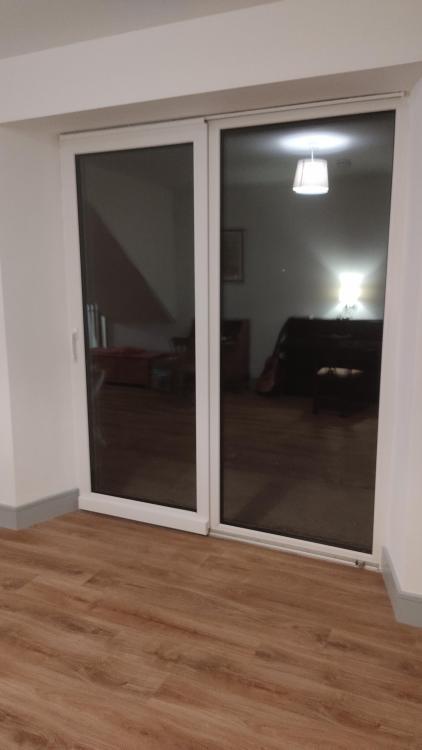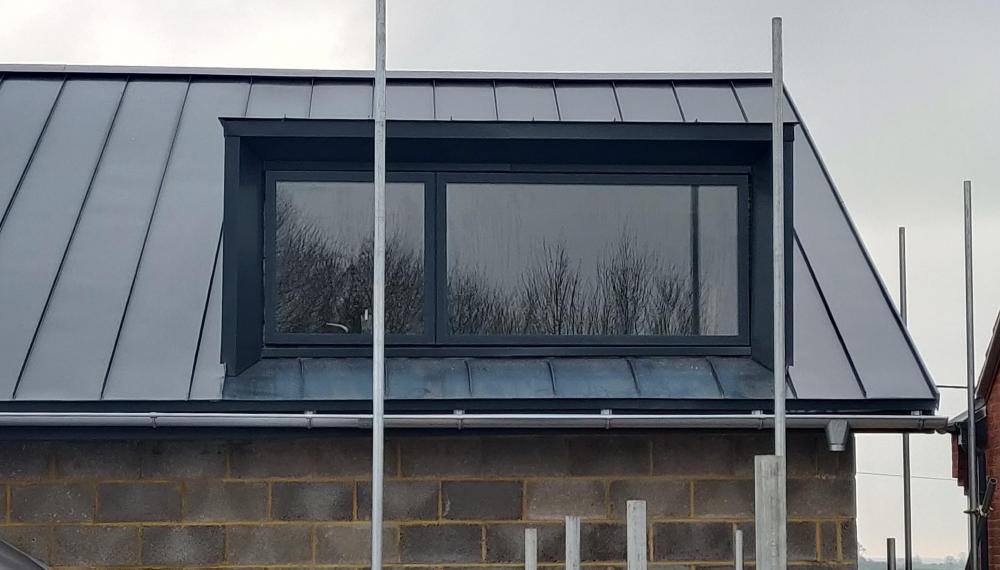Leaderboard
Popular Content
Showing content with the highest reputation on 03/13/21 in all areas
-
MVHR (and PV IMO) are both no brainers if you are building a modern, well insulated and airtight house. I have a Zehnder Q350 unit and I can't speak highly enough of the unit - quiet, efficient and does what it says on the tin. Given your other choice is *shudder* trickle vents - I mean, come on!!!!3 points
-
Yes they are!!!! ... I was talking about mine. I agree with Joe90 on this point. 2.4 would be fine for 3 pane... however if you don’t need a pedestrian door, I’d go for a 2 pane. Mine have compression seals between panels which are fine, it’s brush seals round the outside (between the frame and doors) that’s the crap bit. I would also add that the pedestrian door on the 3 panel set is the bit that’s the most drafty. The 4 panel doesn’t have a pedestrian door and it’s much better.2 points
-
Not sure on the Dutch regs but in the UK, in line with our regs, you can crimp or solder to effect a maintenance free joint. This was to demo joining two bits of T&E, 2.5mm new & old in this case, (note the cpc (earth) might be smaller): Dead easy on a bench, fiddly in a wall, even getting the crimping tool in of course: Strip the sheaths: Stagger the joints so you don't get the "python after a large meal" bulge in the middle. The join needs to be long enough so you can slip the heatshrink on and slide along far enough to do the crimping and ideally shrink the crimp without affecting the tubular heat shrink: Strip the ends: Heatshrink slipped on BEFORE you crimp! Crimp heat shrunk - has glue in that melts and sticks to the core: Green / yellow sleeving on. SOMETIMES as said above you might want a smaller crimp for the cpc: Cpc done: All neatly crimped, old colours for the heatshrink 'cos I've got it: Heatshrink over the top: Chuck it in the wall and get plastering! Similarly it could be soldered but make damn sure you get no sharp wispy bits of solder that might poke through the heatshrink!2 points
-
I've lived with MVHR in a well insulated and airtight house in the South of England for 5 years. If I were building again, it would be the first thing in my list of essential things I'd include in a new house. If you haven't lived with the air quality, it's hard to explain. I don't know where people get the idea that you can't open windows, but it seems very common. MVHR is at its best when it's very cold or very hot outside, which is when you probably don't want your windows open anyway (I mean, you can still open windows in that case, but you're going to make it less pleasant inside your house). If you have lots of glass, you really want to think hard about how you're going to keep the house cool. MVHR will help a bit, but really you need to find a way to reduce solar gain, and possibly to cool the house with aircon or the like.2 points
-
We didn’t put MVR in our first build Mainly due to a friend telling us it was drawing fumes in from a neighbors fire I’d pretty much decided to fit MVR in our next two Visiting a friend today has made us think twice He’s had two years problems with his MVR Latest being it knocks itself off at 13c Someone is going to fit an external heater to it ? When we left my wife asked If we couldn’t spend the money elsewhere Is it just Something else to go wrong I suppose the planning and fitting would play a big part in how worthwhile it is2 points
-
We have bifold doors in our build Look great Only took me a couple of hours to fit Great selling point opening the house up to the garden Not over practical Never used in winter or windy conditions Very much all or nothing We’ve have decided to fit sliders on our next build It would be nice to leave the door slightly open and also not have the house fill with dust1 point
-
1 point
-
Hi folks, We are based in Fife, Scotland. We have been looking to undertake a new build for a number of years, having previously successfully converted a barn attached to our house and converted existing accommodation to letting rooms at our business premises. We have submitted a pre planning application for an unserviced plot, in an attempt to solve access issues before committing to purchase and have been researching timber kits and providers, air source heat pumps, utilities providers and landscaping with a view to getting the build underway as soon as we get a reply. So, just looking for advice for our project and reassurance as we go on that we're not completely barking and making every mistake going.1 point
-
Absolutely agree....but if you have to value ROI and are already building at a uValue above the regs requirement, installing ASHP & car charging points how much more should a developer do. None of these things add much value from a buyers perspective but from a responsible developer perspective I want to build sustainable homes because that is the right thing to do. MHVR seems to be a small incremental gain from an eco perspective and wont pay for itself over its lifetime so then it comes back to does it improve living conditions sufficiently to justify the time & cost of installation. So far it seems to be a bit like Marmite!1 point
-
Mine are 2.3m and three pane and we think they are fine, depends on taste I guess.1 point
-
2.4m is too narrow for 3 pane bifolds, you'll be looking at frames. We had a 3m opening which meant ~900mm doors with ~700mm panes. Was great, but wouldn't want want any narrower. (Remember 100mm frame at each end, 200mm frame for each leaf)1 point
-
1 point
-
Not necessarily!!!!, my bifolds were made locally and have compression seals all round (my spec), it also has brush seals (which are not very airtight at all).1 point
-
The technical challenge with bifolds is air tightness. I think you will need to spend big to get good air tightness in bifolds.1 point
-
I love both of our bifold doors (origin). It’s great to open the room right up on nice days. But they are crap for air tightness.1 point
-
1 point
-
I ran cat5 to every room, but so far only one is actually used, for a hard wired ethernet to my desktop pc. Everything else, firesticks, game consoles etc just connects to the wifi. The network cables are in the wall behind socket boxes not terminated at either end, ready to be fished out and put into use some time in the future should the need arise. Same with phone cables. What a quaint idea thinking every room would need a phone point. Yet more cables lurking ready to be connected should someone decide a hard wired landline phone is actually a good idea.1 point
-
Yes, very pleased with our Rationel 3G windows. no problems with draughts or poor seals. But get used to condensation and ice on the outside of your windows, because not enough heat escapes to keep the outside glass temperature above the dew point in certain weather. If noise is an issue then you want MVHR to eliminate the need for trickle vents in the windows or any other vent e.g extract fans, with the MVHR intake and outlet on the opposite side to the road.1 point
-
It is worth using 3g for sound insulation alone. Need good draught seals that touch properly and no holes, gaps or cracks round or through the frames (and yes can be found on new installs) for reducing heat losses and energy use they work well too, so well that in central and Northern European 3g has become standard and the volume product, dg is more expensive!1 point
-
Ask for forgiveness later. They’ve mandated a distance that you have to comply with but presumably not said that you can’t investigate where the pipes are? Not many people would go to the bother of reading through a policy document before digging a hole on their own land.1 point
-
1 point
-
Cat 6 for me too, 2 runs per point you need 47mm deep boxes to allow for bending radius and termination, you could put a double socket box and include the TV point in the same face plate. I did mine 15 years ago when rewiring and I only started using it 3/4 years ago when x boxes and smart TVs arrived. I think it’s worth it, given you are building from scratch.1 point
-
Yes you can do that. Although you need to ensure there will be enough cover over the WC pipe or the screed can crack. Remember it needs to have a fall so prop it up on blocks of wood. I recommend fixing these down to the slab with builders adhesive so they don't get disturbed. I'm not a fan of boxing in pipes either. In one bathroom it was looking unavoidable so we actually built a false wall to hide the pipes. Yes it makes the room a few inches smaller but it looked a lot better.1 point
-
We have CAT6 all over the house, partly due to home automation, but also for fixed devices. So our TVs, console, my work computer, the hub for our solar panel controller, the printer, two wireless access points and a few other bits and pieces are all hardwired. Wireless is pretty good most of the time, but before I finished the structured wiring, we used to get the odd connection drop-out, especially with the printer and one of the TVs. Always infuriating having to sort it out, even if it just involved a reboot or re-entering a password. I don't think I've ever had a single connection problem with any hardwired device. Personally, I'd run at least two and better yet three CAT6 cables to any place you plan to have a television, one for where you believe you plan to put a printer, and one to any place you think you might like to have a wireless access point (for a large house, having two such points will generally improve everyone's wireless experience). The wire itself is really cheap, and you don't even need to terminate it at first. Just leave it coiled up in the wall, and keep a clear photographic and measured record of where each one is. Install each point as and when you find you need it.1 point
-
1 point
-
And here I am. Do you think it is tight to build to a minimum standards when you know there are improvements that can realistically, only be put in economically at the initial design and build time. Those houses are going to be around till well after your grandchildren have spent their inheritance.1 point
-
I agree, structured cabling is so 20th century. There is a reason my 100 quid phone can cast to a screen.1 point
-
I've got cat 6 to every room, never used it once. Apparently good if you have virgin though? Think Wi-Fi boosters are the future1 point
-
Play nicely. ? You’re both right, now go back outside and get some sunlight on you.1 point
-
Keep an eye out. Sabre- toothed tiger seen loose in your area. Be on high alert1 point
-
Yes albeit not apples with apples. Been in this place 1 winter and before that was in a place I built 2016 ish. Similar u values similar size except this one a bungalow. Last air score around 3 this place just above 1. This place has mvhr, old relied on passive ventilation. I think the heating bills are very similar. Deffo no massive drop here. I'm not a Neanderthal I just about understand the concept. I think what you will find though is a lot of places which rely on passive ventilation, if they have a decent ish air score around 3 or 4 are probably under ventilated though. My old place used to have all the trickles open and small bedroom window open or on the latch, even in winter. My bills were not noticeably more. In any case if they recovered 100% heat then you wouldn't get people turning them down after building regs sign off! For me in a forever home I'd have one, for a commercial development not a chance. House buyers rather you spend 500 on a nest system and they'd probably think it saves them more money too!1 point
-
Cat6 for data, terminated to sockets (not plugs) in the rooms and to a patch panel where they congregate - often where the BT master socket comes in as that’s where you’ll likely have your DAL router. You can then buy a cheap Ethernet hub and use it to share the data connection from your DSL router to each socket as required (you use little patch cables which are quite cheap). Every static device (smart TVs, consoles etc) that have an internet connection should be on a wired cable to free up your WiFi for genuinely mobile devices (phones etc) but you can use WiFi if you want. Challenge you may have is the DSL router is also your WiFi hub so that may not be the ideal place for it, however you can buy WiFi repeaters and plug those into convenient data plugs to cover other areas of the house. For telephone extension then standard telephone cable, not sure if data cable can be repurposed - but maybe if you use the same twisted pair. Be wary of having the DSL modem too remote from the master socket as that can impede the data rate if the internal wiring is not good or introduces interference. TV / satellite signal is coax - usually you have a powered multiplex somewhere to share the antenna signal to all the sockets, not sure if you can do same with satellite.1 point
-
Yes, though it will depend on the soil on how easy it is. Get a pair of digging spoons https://www.toolstation.com/roughneck-post-hole-digger/p55706 The other week I had to get soil samples from a metre below ground. In Sandy soil I was able to get 3 samples in an hour. Buy these and dig a linear trench yourself1 point
-
Yep - all inside a nice warm envelope..!! Leave stubs of drains, isolated hot and cold feeds etc and MVHR installed but taped up. Real no brainer to me ..!1 point
-
If you're doing Passivhaus, MBC & similar timber frame companies often use I-beams or posi-joists for everything at which point the additional cost of insulating at roof level with no internal beams can be very low.1 point
-
If the 11m2 is just for a more habitable site office you could insulated and then cover with floating chipboard floor. 10 sheets will cost £100 and easy to lay.1 point
-
I do actually. I'm lucky in that I have secured the services of a local builder on an advisory basis. I'm doing some fencing for him as a trade off! He is also going to mark out and supervise the foundations. Thanks for all your advise. I'm just going to email my architect and get her take on it all.1 point
-
I'm very pleased with our MVHR. We live near Heathrow, so quality of air is an issue at times. So far I can feel the pleasant difference, as we definitely have less respiratory problems. Unpleasant odours are sucked out quite efficiently from wet areas / kitchen, and I do enjoy very even temperature spread across the house. Expensive, yes, but I strongly believe every newbulid should have one.1 point
-
You will pay double to do that small area instead of letting the guys that do the rest of the house add it on and do it at the same time. Why do you need to screed it to just make it a temporary office if you have block n beam floor what’s wrong with that for a while longer. And why no underfloor heating, this cold room of yours you will come to regret, get it to the same spec as the main house or it will be an unpleasant place bolted on to a nice house.1 point
-
Yep, thanks for checking. I think 180cm would be the minimum, though a 210cm maybe too big on the render finish I will probably the 210cm on two windows one facades with timber cladding, as rather than 20mm render it's about 45mm or cladding1 point
-
Got the original alloys on the e36 lovely old school with deep profile tyres non of this catching the wheel nonsense.1 point
-
Great thread here that'll answer your questions. https//forum.buildhub.org.uk/topic/12676-mvhr-is-largely-bogus/1 point
-
Not your target location, but I live in the eastern Highlands, probably one of the coldest parts of the UK, and I am running at sub £250 annual heating costs. That would no doubt be a LOT lower if this same house was in the SE. I would not have achieved such a low heating bill without mvhr. Summer overheating is very likely to be an issue with all that glass in the SE so I would be wanting lots of PV so at least the inevitable active cooling can be run for free in the summer.1 point
-
I built two DG with our build three years ago I allowed 15k for the neighbors no doors included Double skinned block work slate roof 20 k sounds about right to me1 point
-
1 point
-
Ah, the tragedy of the commons. It seems to me that there are two broad classes of self-builder (i) those you are using their personal efforts to maximise the house they can get for a cash constrained investment; (ii) those who are self-building primarily because they don't like the pre-built choices on offer and want to have design control over the house they want to live in. Whereas the first category might want to repeat (and improve) the experience, the second will tend to want to make the most of their "dream house" and so will have different payback trade-offs to make. In our case, we wanted a warm, cheap to run, pretty much zero maintenance house that would last us through our "3rd age" (as the French call it). BTW, in our experience designing for energy efficiency didn't add materially to the build cost. The big premium was as a result of LPA imposed aspects like using locally quarried hand dressed stone for the skin and a slate roof because they wanted the house to fit well in the local context in the village (mostly 1700s and 1800s stone houses). However the fact that our plot was a "freebie" calved from our previous large garden more than compensated for this and the result was a fine looking house that is a pleasure to live in.1 point
-
1 point
-
Welcome. I keep directing people to this but have a look at the Green building store denby dale passivhaus you tube video's. In my opinion 30-40m2 per person is generous living space. With cleverly placed windows it will feel much larger. @TerryE has a good setup for what you're after. A traditional looking house build to modern standards. Timber frame is only one way to skin the cat though. Be careful of all the greenwash out there. An very large poorly built house with a high heating demand and a few bolt on "eco" bits and pieces will do more harm to the environment than a conservatively proportioned smaller dwelling built properly to the building regulations.1 point
-
You’ll get fractures from curing, but nothing that’s not expected. To say that will crack is a bit coarse a statement. At 70mm I wouldn’t be laying a liquid screed anyway, I would be using a dry sand and cement screed. No need for 4” thick reinforced concrete unless you’ve got very big rooms and no possibility of introducing relief joints at the doorways etc. The most important thing is to get the ground level, flat and true, and to apply a blinding layers of sharp sand over the compacted subfloor. Also remember the perimeter insulation up-stands, made from 25mm PIR for thermal break, and then a thin compressive strip of the small foam stuff to allow expansion. If the subfloor prep is spot on, the floor won’t go anywhere.1 point
-
Interesting read, and certainly can't comment on the cost argument, but thought I'd share our experience. We moved in to highly insulated new build one year ago. I'd describe it as a semi-passive house in so far as we can normally maintain around 21c down to about 8-10c outside without heating, and then with very little until it gets towards zero. It's a fairly large property with Samsung 18kW ASHP. We previously lived in a new Persimmons house (and that's a whole other story!). What we've noticed: When you walk in to the house, it never has the familiar odour that most homes do. It just smells like the outside. My wife's a keen cook. The kitchen is designed without a hood, but any degree of smell in the house clears within an hour completely even though the house is open plan. We live in the country but its amazing how many pollutants the filters remove. Especially when neighbours have their log fires lit! Anybody with hay fever loves our house. They get instant relief from the moment they enter. We don't suffer from cold spots in rooms, or rooms that are a different temperature to others. Cloths hung inside dry far quicker than in previous houses. The house humidity is very stable all year round. During the summer when it was 35c outside, we were able to maintain 26c in doors with fresh air - heat recovery works both ways of course. When the outside temperature drops at night, the MVHR goes in to bypass mode with boost to help remove excess heat from the house. Throughout last summer this was a God send, especially since we get considerable solar gain from our windows. I've configured the unit to drop from it's regular 58% to 30% overnight. As others have said, the standard setting is unnecessary over night both from a power and noise point of view.1 point
This leaderboard is set to London/GMT+01:00






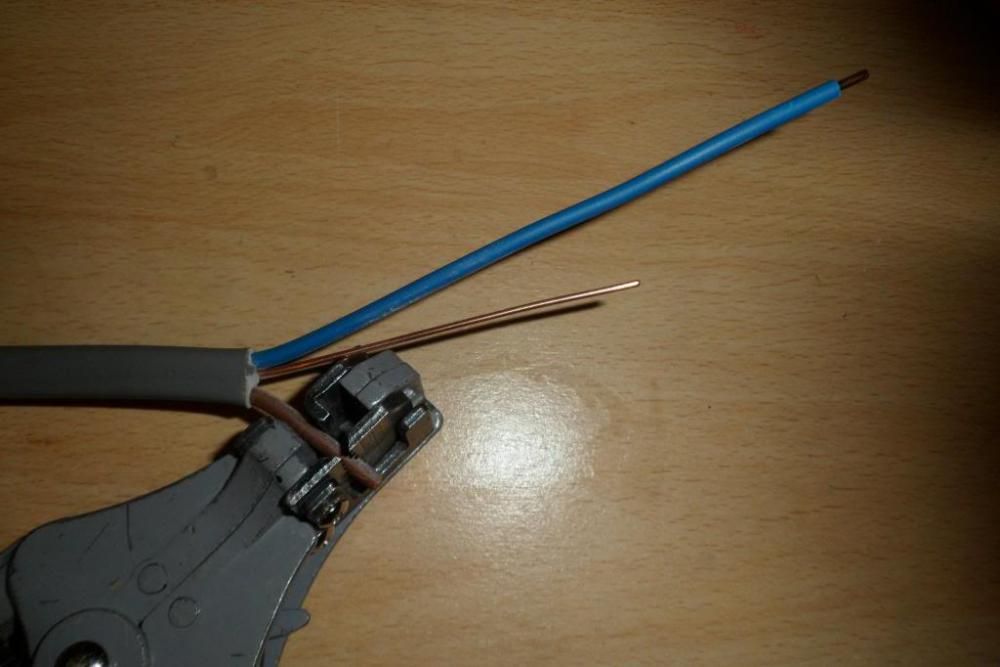

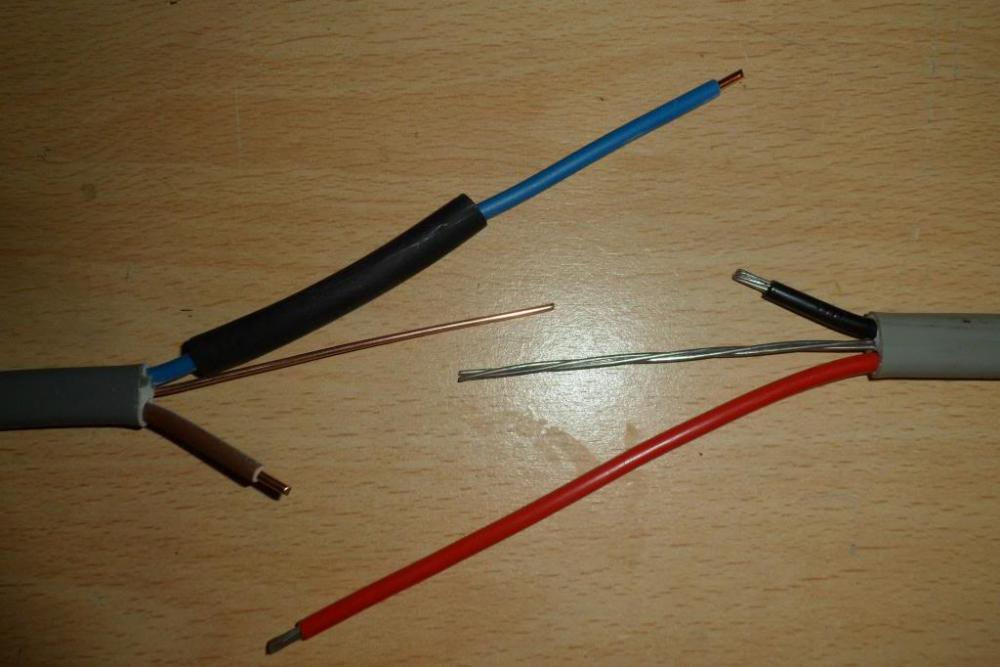
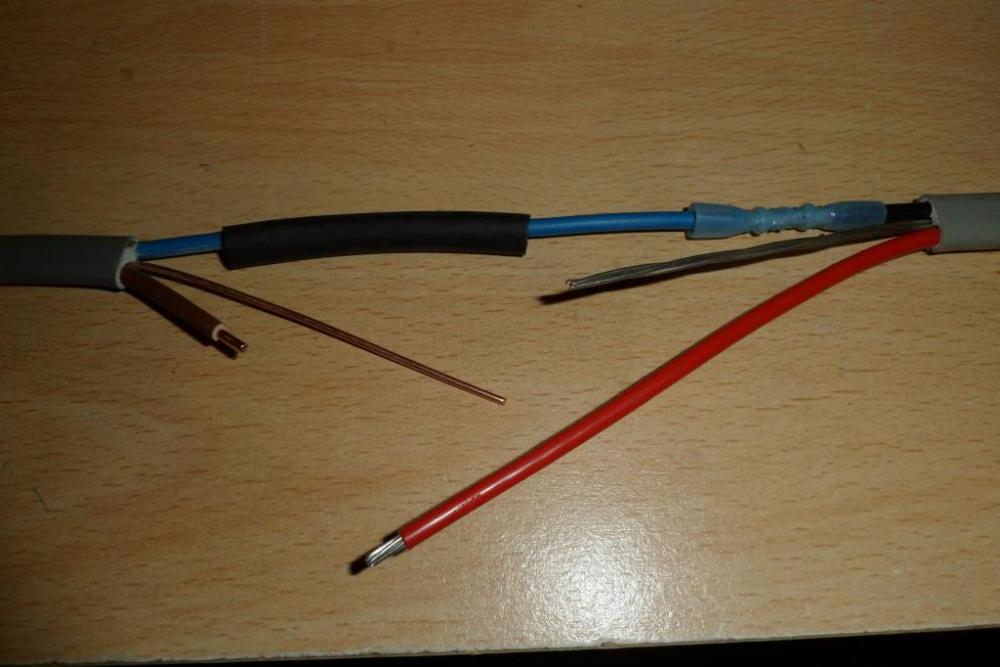
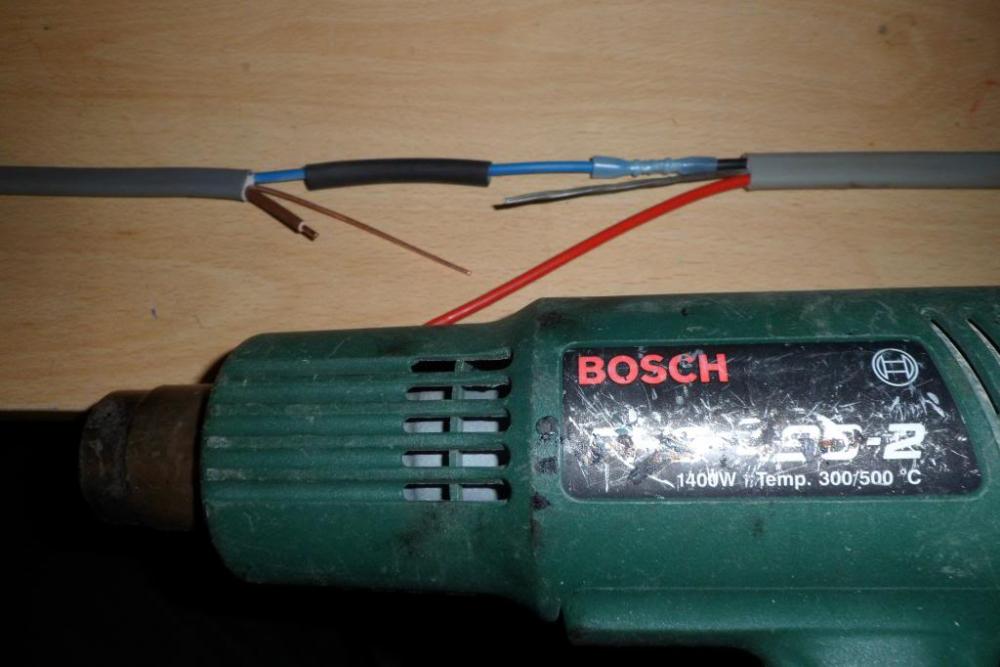
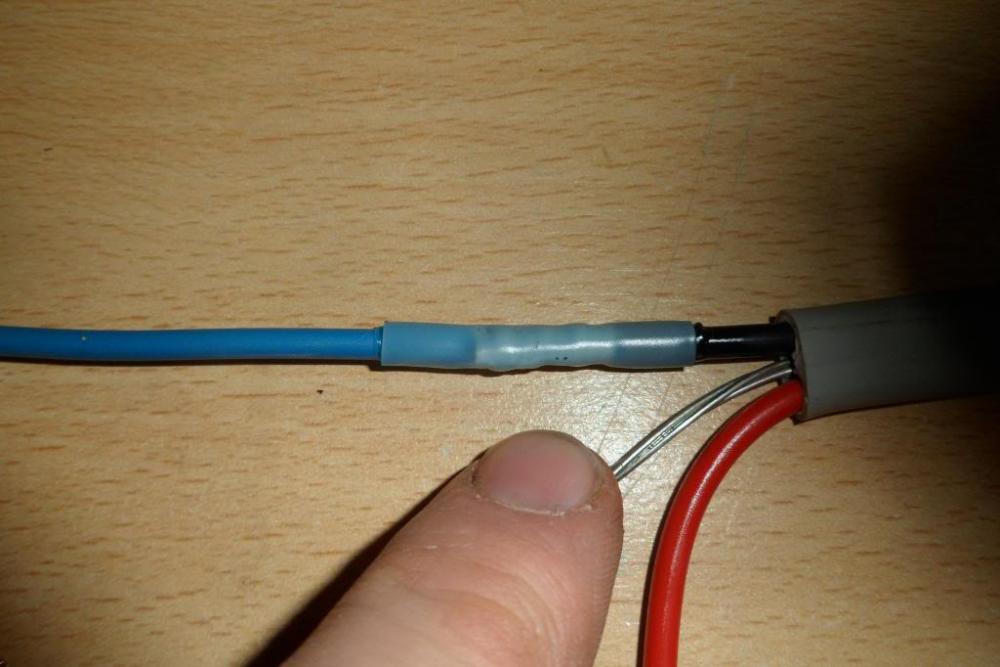
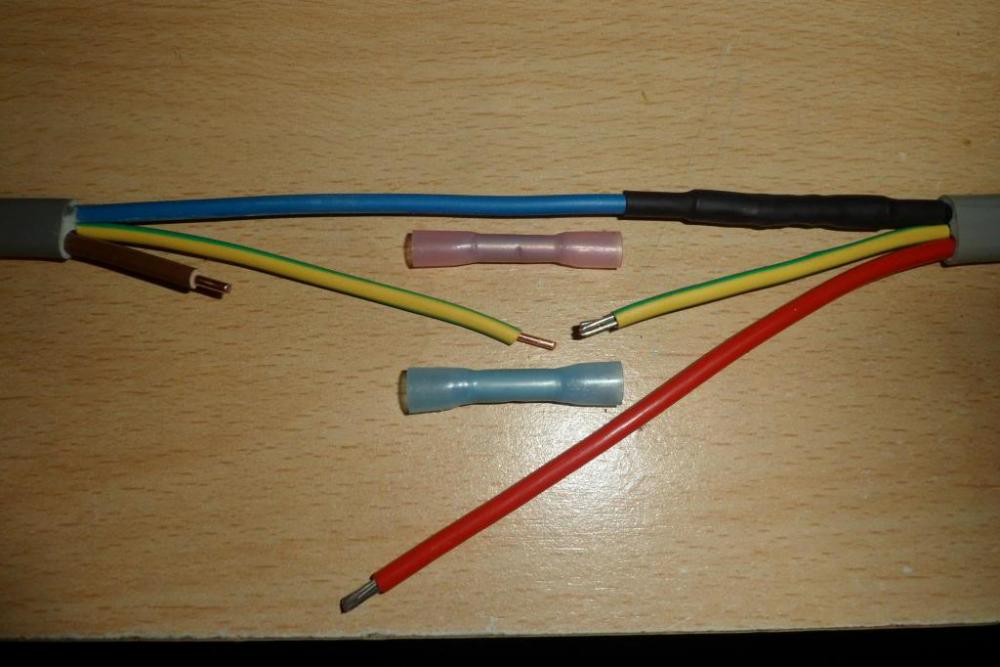
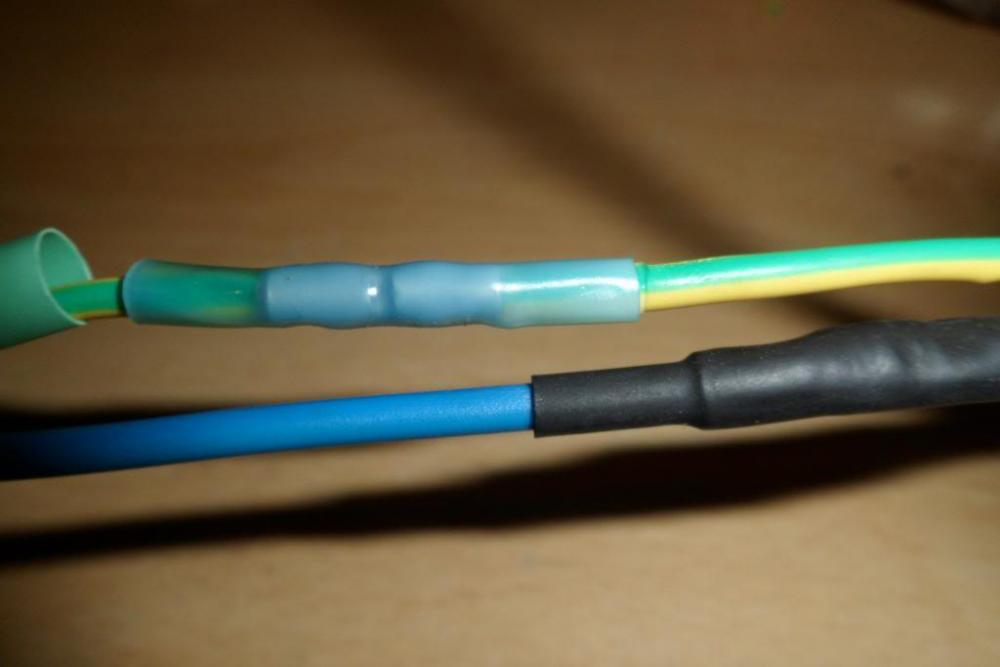
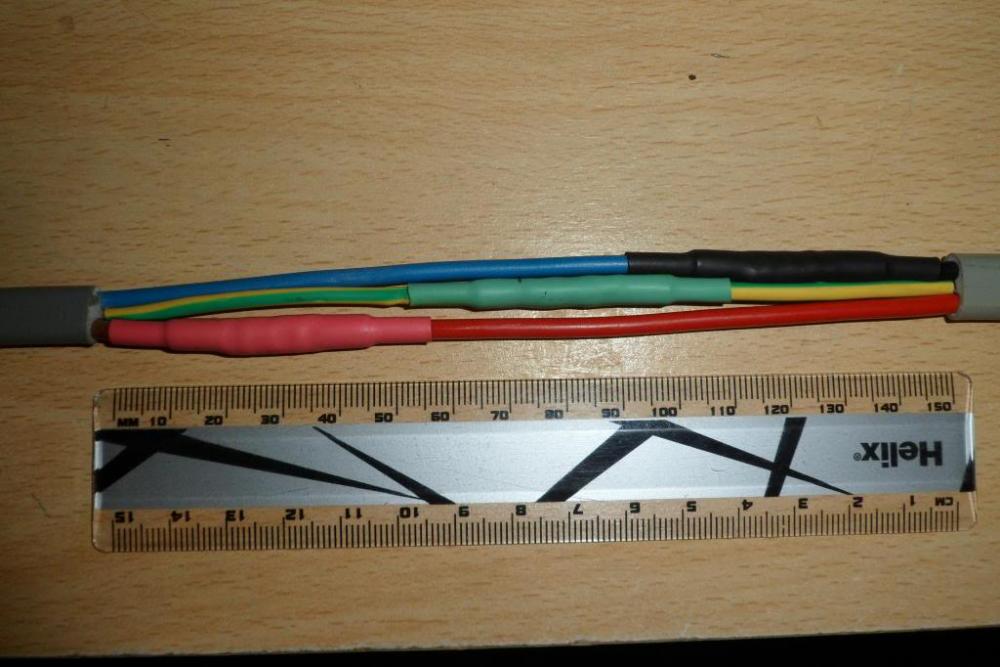

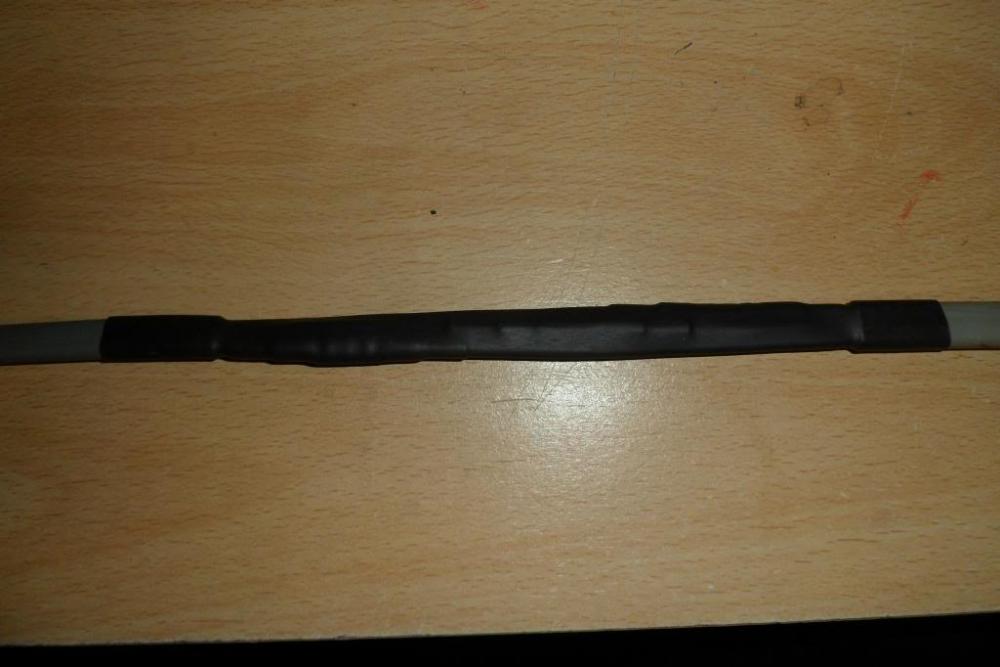
.jpg.c21f3ac78c9b7efd90cbdcb312744dc5.thumb.jpg.7adcad4c0e384f5ecd7d56b0618df6e5.jpg)
